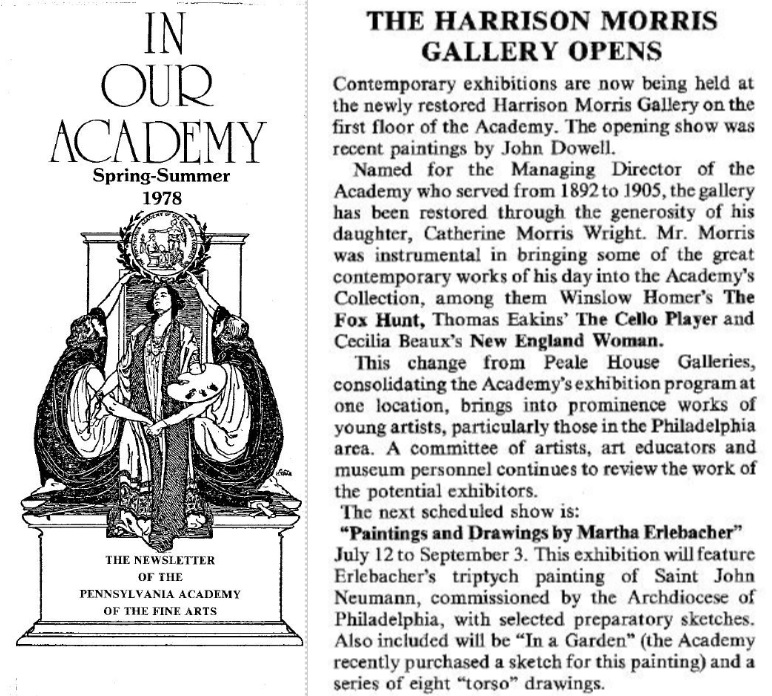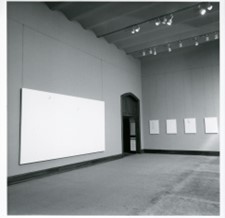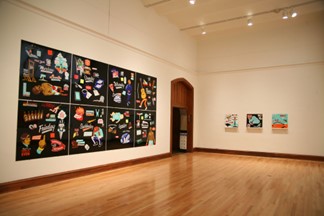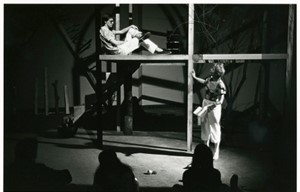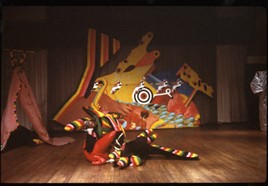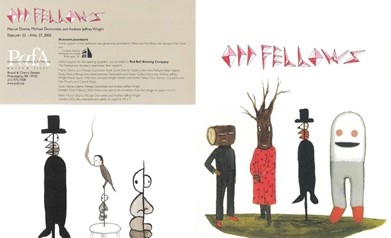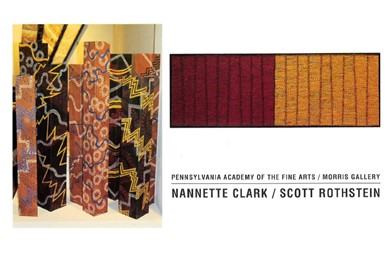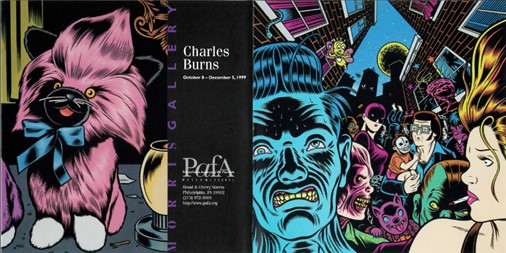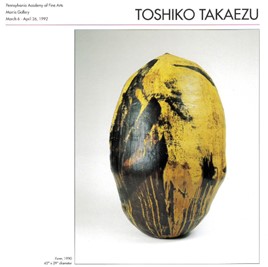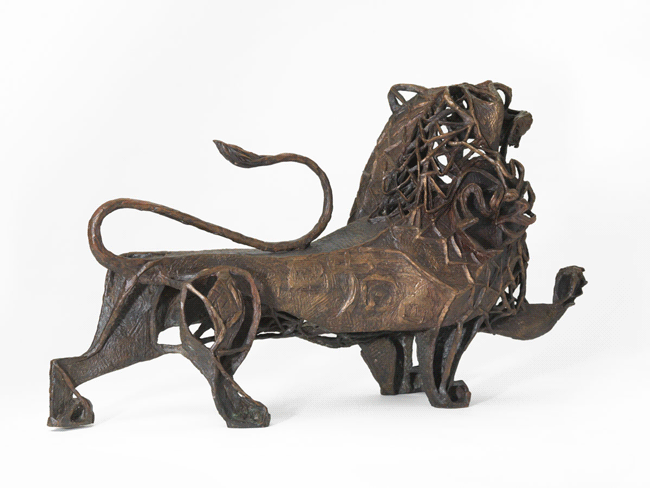Contributed by Sharon Yoon, Museum Collections Assistant
The PAFA School Catalogs are valuable archival records that help provide insight into over 130 years of school operations. Historically known as “Circulars”, the school catalogs provided students and prospective students with information such as school policies, programs, scholarships, schedules, fees, prizes, and instructors. After 1908, the catalogs included illustrations of classes, work by students, and exhibitions of student work. Catalogs from the 1920s show many views of classes and grounds at the Chester Springs campus. From 1940, photographs of faculty and their work were prominently featured.
The catalogs provide important details on the curriculum, the instructors, and the overall artistic training environment at the Academy, making the collection particularly useful to those interested in 19th and 20th century American Art education.
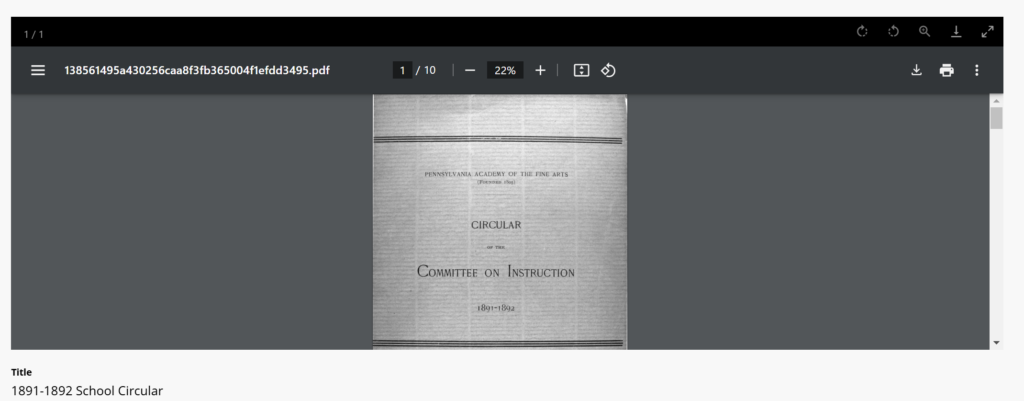
For this digitization project, collections staff continued using a DSLR/copy stand setup that was outlined from our pilot project in April 2024 (Testing a new method to digitize archival collections) .
As there were over 100 catalogs (and nearly 4,000 pages!) to digitize, using a flatbed scanner for this project would have been time-consuming and inefficient for staff. Moreover, since the text was the most important aspect of the records, we were less concerned about the overall “image quality”. However, as mentioned in the previous blog post, a large obstacle that presented itself during this project was post-processing. Each image needed to be individually rotated, cropped, and color corrected. Afterwards, all the pages had to be converted and combined into a PDF file. These files were then organized by year and run through OCR software, which recognizes and converts text within images to be machine readable. Finishing this step resulted in 118 digital reproductions of the Academy’s school catalogs that are now freely available online: https://pafaarchives.org/s/digital/item-set/29807
For more information on the school’s history, please see “School History” here: https://pafaarchives.org/s/digital/page/historicalresources
